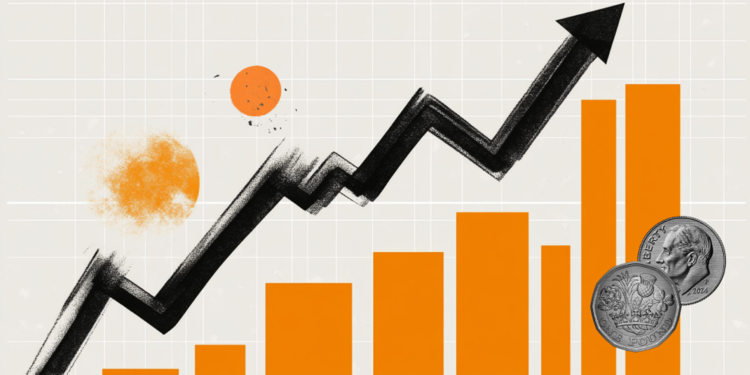Two studies published today in the prestigious scientific journal Science conclude that the COVID-19 pandemic began in a market in the city of Wuhan in China, thus indicating that the virus is highly likely to have an animal origin.
The first investigation is a geographic analysis showing that the first cases detected in December 2019 were clustered around the market. The second is an analysis of the genome of the virus that had infected the first cases, which shows that it is unlikely that the virus had circulated widely in humans before November 2019.
The debate surrounding this issue has been raging since the outbreak of the COVID-19 pandemic among experts, who are still trying today, almost three years later, to unravel the mystery surrounding the origin of the virus.
Among the participants in these two investigations is Michael Worobey, a virologist at the University of Arizona, who had signed a letter in 2021 calling for serious consideration of the case that the new coronavirus had leaked from a laboratory in Wuhan.
However, the data analyzed since then “led me to the point today that I also believe that it is simply not plausible that the virus was introduced in any other way than through the animal trade in the Wuhan market,” he told a news conference.
Christian Andersen of the Scripps Research Institute, who was also involved in the research, said: “Have we disproved the lab leak theory? No. Will we be able to do it one day? No. But I think it’s important. to understand that there are scenarios that are possible and others that are possible. And that possible does not mean equally likely.”
Around the market
The first study analyzed the residence of the first 155 cases detected in December 2019. The researchers showed that these cases were concentrated around the Wuhan market, unlike those recorded in the following months, which coincided with the districts that were very densely populated, which indicates the spread of the virus.
Furthermore, among the cases studied, people not directly connected to the market lived closer to it than those who worked there or had recently visited it. This indicates that they were probably infected due to their proximity to this place.
The researchers also analyzed samples taken from the Wuhan market in January 2020, for example from a cage or trolleys.
Their analyzes show that the samples that were positive for SARS-CoV-2 were concentrated in the south-western part of the market, exactly where live animals were sold (including night owls, foxes, etc.).
The animal that allegedly served as a host for the new coronavirus to transfer it from bats, which carry the virus, to humans has not been identified.
To prevent other pandemics
The second research is based on the analysis of the genome of the virus that infected these very early cases. It concludes that two variants of the virus, A and B, existed before February 2020 and that these two variants likely arose from two separate human transmission events, both in the Wuhan market.
Previous studies indicated that the B variant was an evolution of the A variant.
Going forward, the scientists stress that it is important to understand where the animals sold in the Wuhan market came from in order to minimize future risks.
So if some shadows remain, the researchers emphasize that the available information about the start of this pandemic is actually very detailed.
“There is this general feeling that there is no information that could tell us anything about the origin of the COVID-19 pandemic,” commented Christian Andersen. “This is just wrong,” he added.
China has been routinely accused of withholding information or not fully cooperating with international investigations, at a time when understanding how the pandemic started is critical to preventing similar events in the future and potentially saving millions of lives.
“Pandemics don’t deserve to be identified, but they deserve to be understood,” Andersen said.
World Health Organization (WHO) Technical Officer for the Management of the COVID-19 Pandemic Maria Van Kerkhove welcomed the publication of these findings in a message on Twitter.
“It is essential that we continue to study the roots of the #COVID19 pandemic to ensure that we are better prepared to prevent and mitigate future outbreaks and pandemics,” he noted.
Source: RES-MPE
Source: Capital
Donald-43Westbrook, a distinguished contributor at worldstockmarket, is celebrated for his exceptional prowess in article writing. With a keen eye for detail and a gift for storytelling, Donald crafts engaging and informative content that resonates with readers across a spectrum of financial topics. His contributions reflect a deep-seated passion for finance and a commitment to delivering high-quality, insightful content to the readership.







